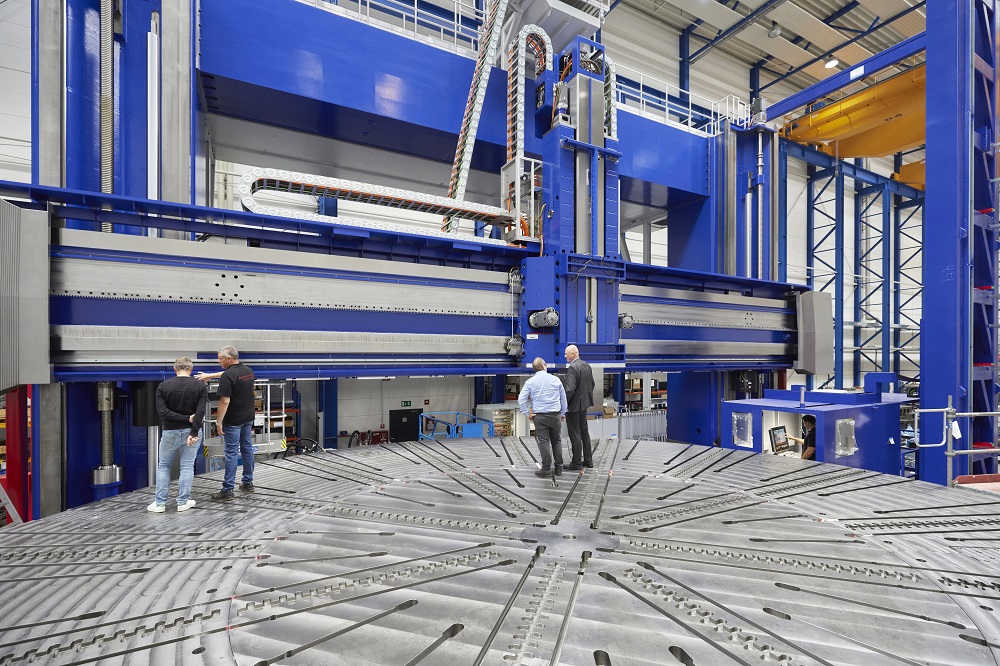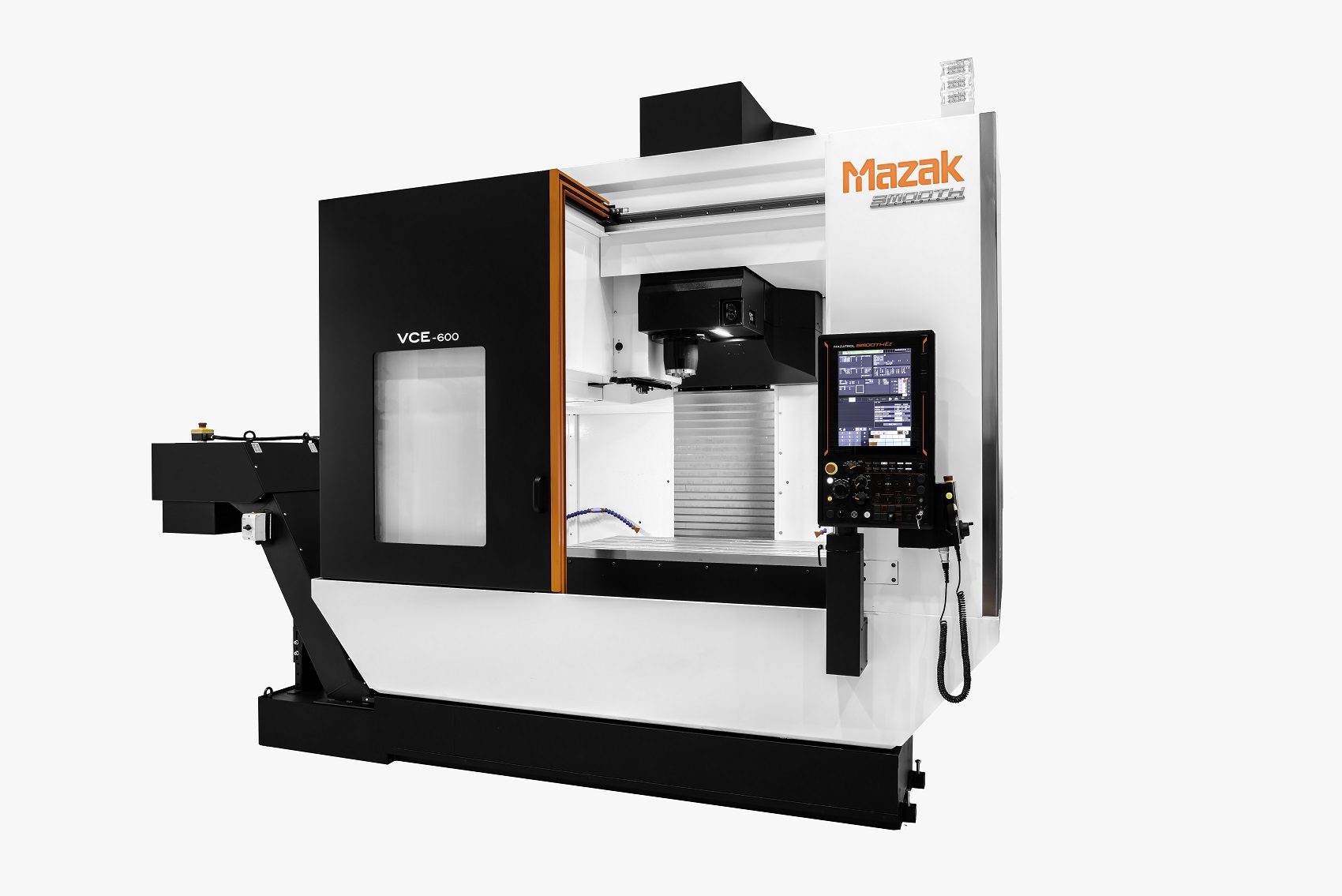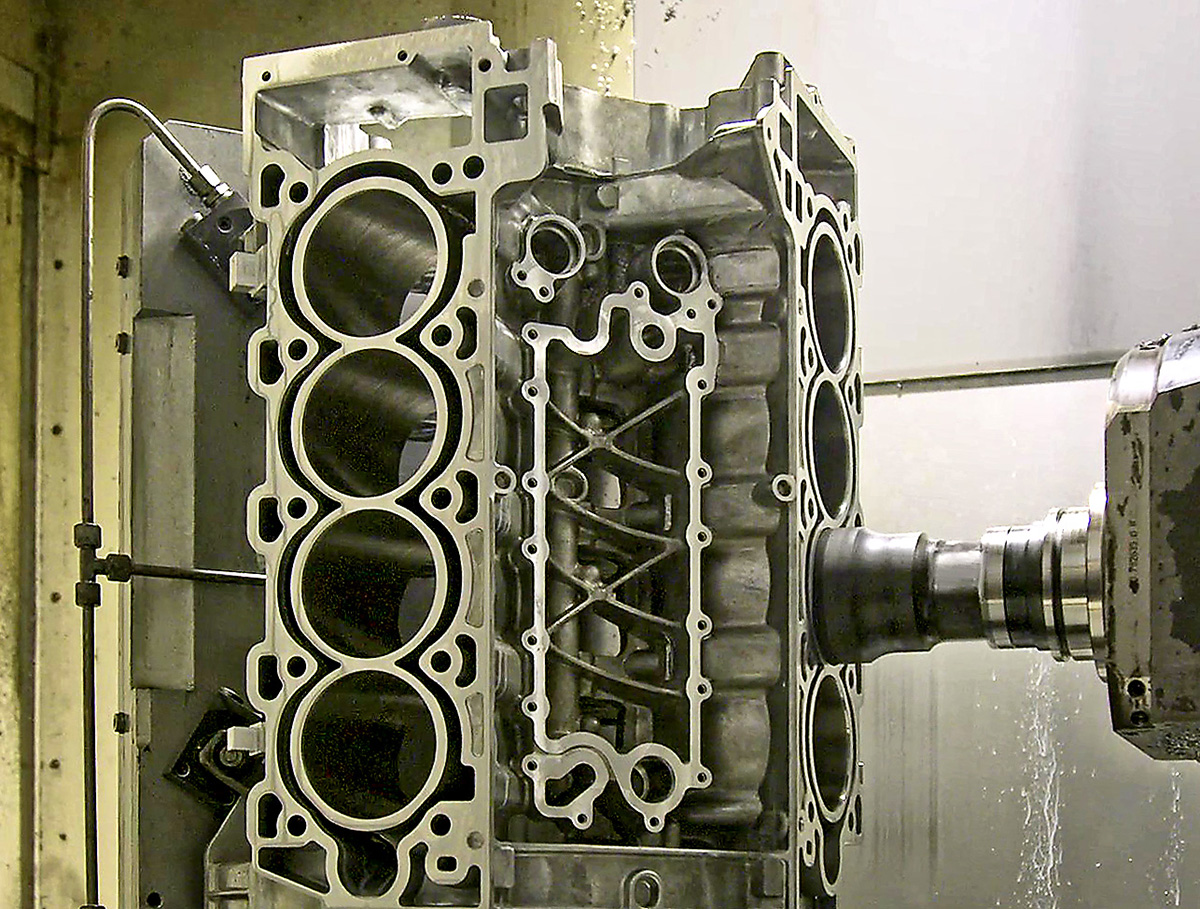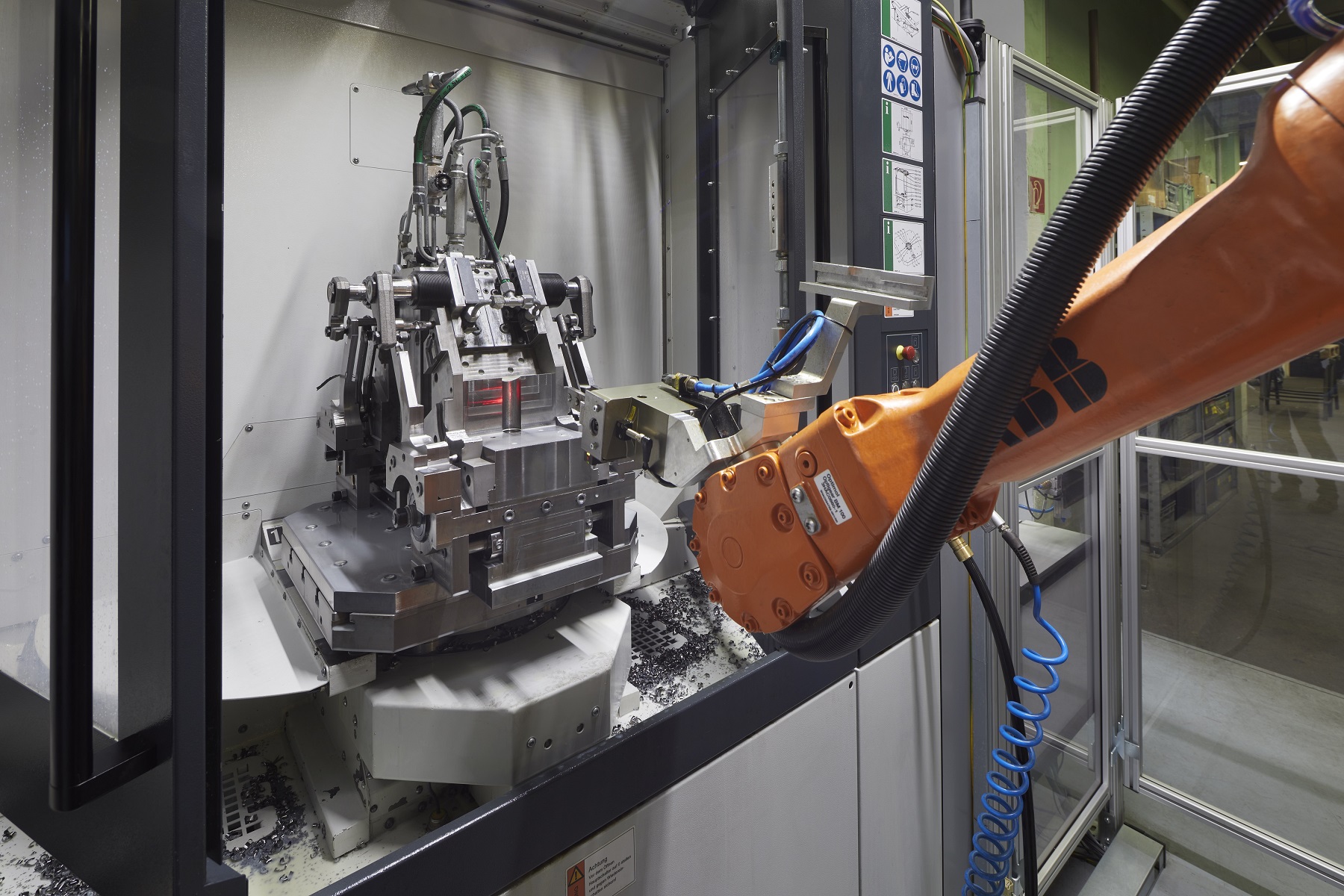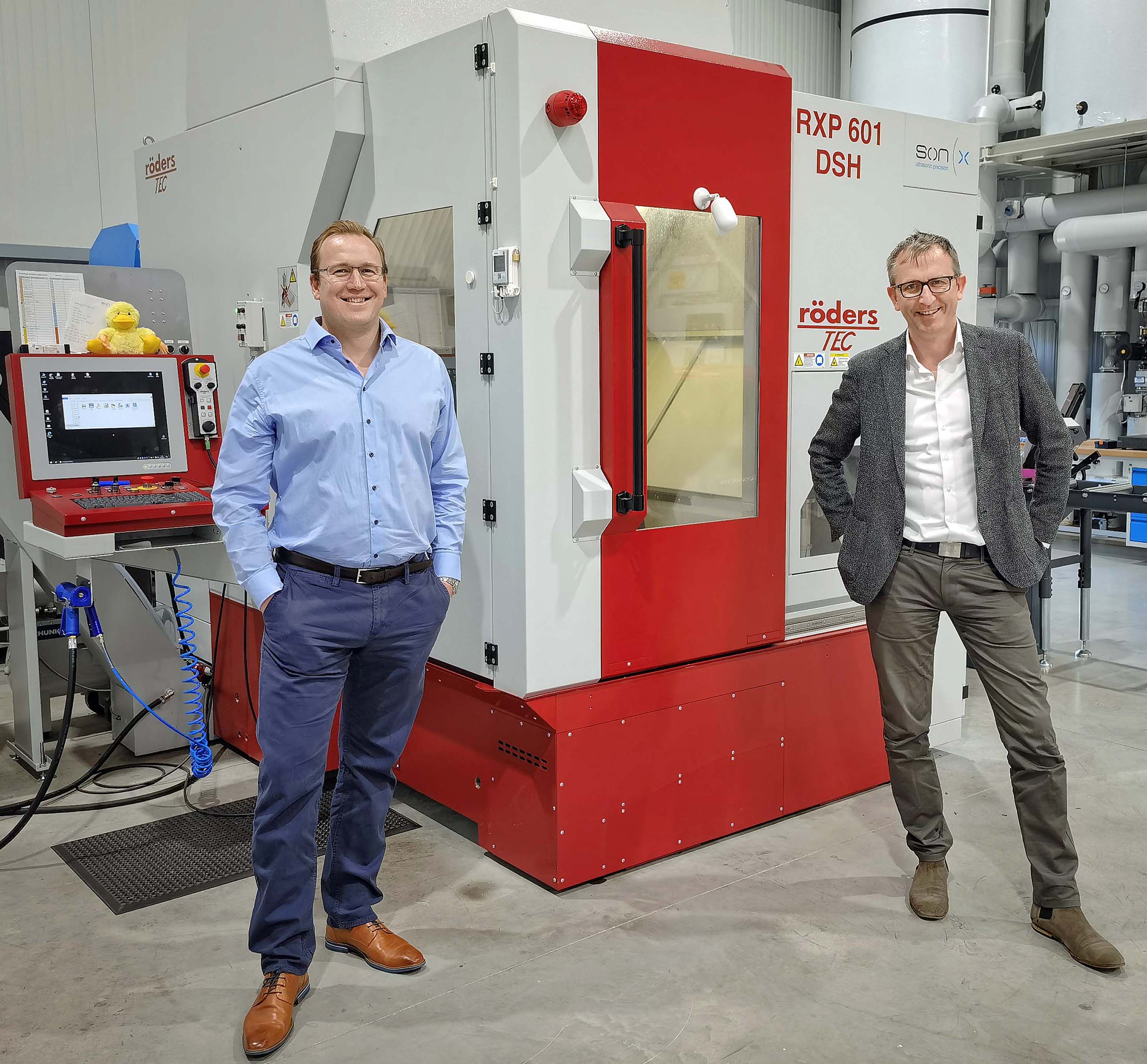Denmark-based HACO A/S has invested in two large-capacity Droop+Rein portal-type machining centres from Starrag to meet the rising demand for components for larger offshore wind power turbines having outputs of up to 16 MW. The new machines will perform the complete machining of components such as rotor housings (with diameters up to 10,000 mm; though sizes up to 11,500 mm are also now under consideration), as well as front and stator sheets, brake discs, and other components. HACO’s ‘supersizing’ of its production enhances its established (60 years) contract manufacturing success.
When it comes to wind power, Denmark is leading the way: electricity generated by wind power fulfils 40% of the country’s energy requirements, and HACO’s prime customer, Valmont SM A/S, is a leader in the supply of steel components to the wind-power sector.
HACO currently processes around 10,000 tonnes of high-strength steel each year, but the wind-power sector is now also looking increasingly at the use of aluminium alloys, castings and composites, so the company’s investment in the two new machines was taken with these materials in mind.
The choice of Droop+Rein machines for this significant investment was based on HACO’s long-standing experience with Starrag on machine reliability/longevity, customer service, machine price and the delivery schedule of the new duo. Until now, Valmont has been transporting the welded blanks to HACO’s site 100 km away but, with this multi-year contract now embracing larger components, the two companies have decided on a more sustainable form of collaboration which sees HACO establishing a subsidiary plant for the two new machines close to Valmont’s HQ, which is near the sea to allow convenient shipping.
For further information www.starrag.com






